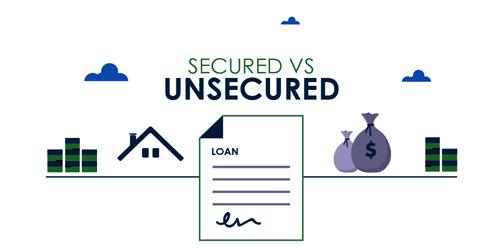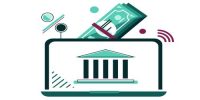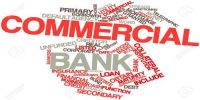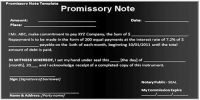Secured Vs. Unsecured Loans
Secured loans are those loans that are protected by an asset or collateral of some sort. The item purchased, such as a home or a car, can be used as collateral, and a lien is placed on such item. The finance company or bank will hold the deed or title until the loan has been paid in full, including interest and all applicable fees. Other items such as stocks, bonds, or personal property can be put up to secure a loan as well.
On the other hand, unsecured loans are the opposite of secured loans and include things like credit card purchases, education loans, or personal (signature) loans. Lenders take more of a risk by making such a loan, with no proper or assets to recover in case of default, which is why the interest rates are considerably higher. If you have been turned down for unsecured credit, you may still be able to obtain secured loans, as long as you have something of value or if the purchase you wish to make can be used as collateral.
The biggest difference between a secured loan and unsecured loan is that in the case of secured loan one needs to keep collateral against the loan; and in the case of an unsecured loan, this is not the case.
A secured loan is a loan which is usually given on a lien. It is protected by an asset/equipment. As an example, we can say that a secured loan is taken to a house or a car and it is protected by the same. On the other hand, an unsecured loan is a loan which doesn’t have any protection. That’s why the risk inherent in the loan gets enhanced. Examples of secured loans are housing loans, car loans, auto loans etc. Examples of unsecured loans are personal loans, educational loans, credit card loans etc.















